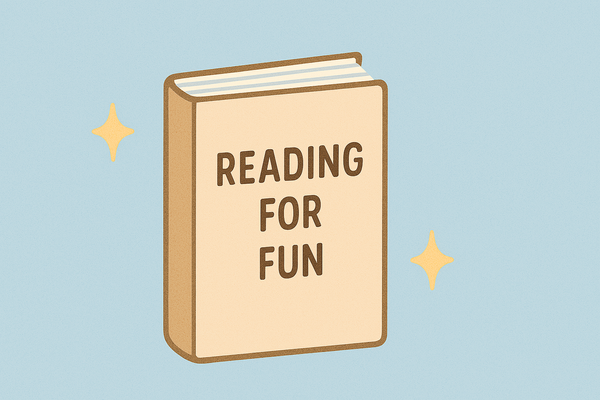IELTS or TOEFL: Reading Section Preparation & Differences
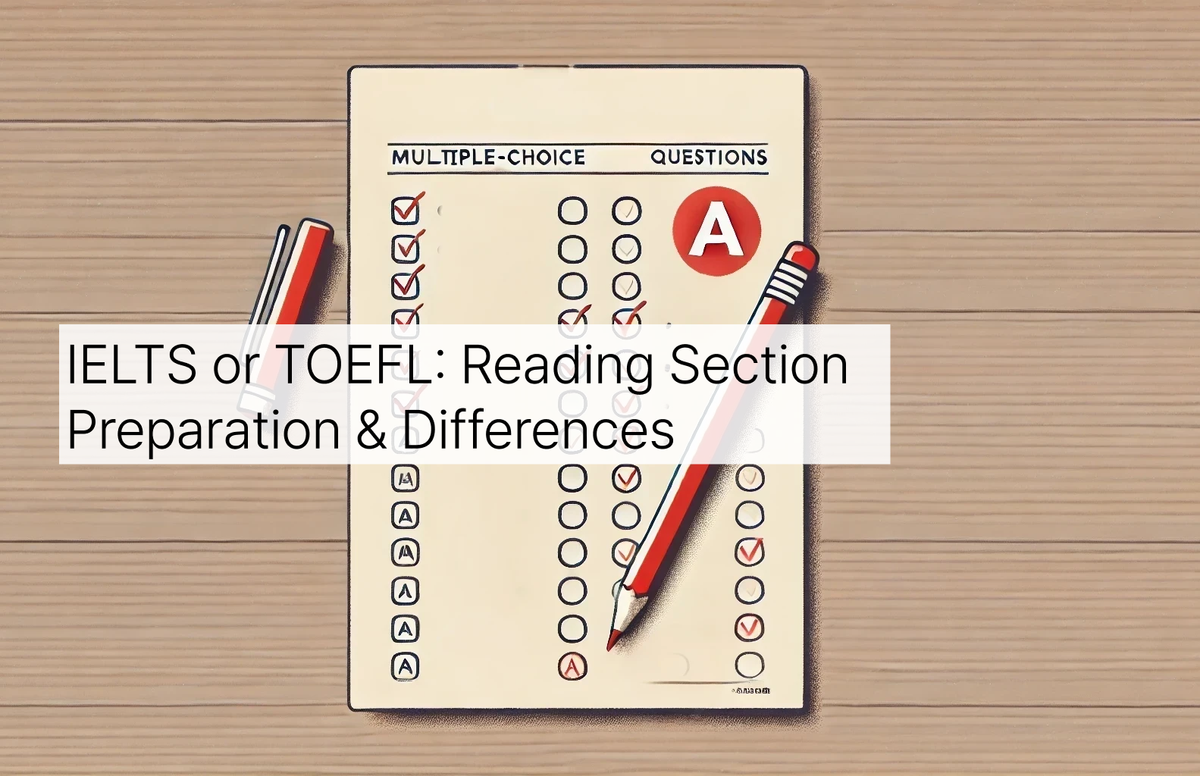
If you’re preparing for an English proficiency test and want to improve your reading skills, it’s important to know what the reading sections entail to prepare effectively.
Here are two of the most popular English Second Language (ESL) tests and what to expect from their reading sections.
International English Language Testing System (IELTS) reading section
IELTS is one of the most widely used English proficiency tests globally. It has two versions:
- General: Required for migration, work, and general English use.
- Academic: Designed for students applying to universities and higher education institutions.
General - What should you expect in the IELTS general reading section?
The general reading section includes texts from everyday sources such as books, magazines, newspapers, notices, advertisements, company handbooks, and guidelines.
Academic - What should you expect in the IELTS academic reading section?
In the academic test, there are three passages sourced from books, journals, magazines, newspapers, and online materials.
These texts are written for a general audience but focus on topics relevant to university-level students. They may include narrative, descriptive, and argumentative writing, illustrations, and graphs.
What types of questions are in the IELTS reading section?
You'll come across the following question types in an IELTS test.
- Diagram label completion – Identify information in diagrams and labels.
- Identifying a writer's views or claims – Determine whether opinions are given as facts or viewpoints.
- Matching features – Recognize relationships between pieces of information.
- Matching headings – Identify the main idea of a passage.
- Multiple choice questions – Choose the best answer from a list.
- Identifying information: True or false – Classify statements as true or false.
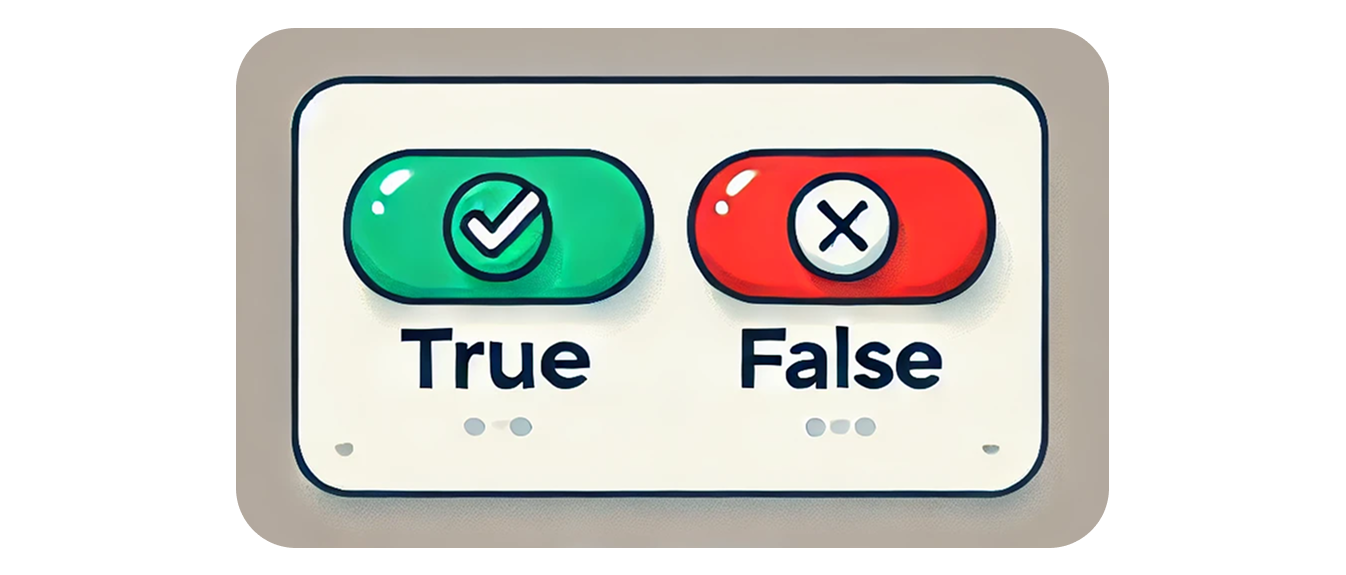
Test of English as a Foreign Language (TOEFL) reading section
TOEFL assesses academic English proficiency and is primarily used for university admissions.
The reading section includes passages followed by multiple-choice and "sentence insertion" questions.
What are common TOEFL reading questions?
The TOEFL Reading section focuses on academic reading skills with multiple-choice and "insert sentence" questions.
Each question will test a certain reading skill you have.
- Detail questions – Tests your ability to find factual information.
- Inference questions – Requires you to interpret implied meanings.
- Vocabulary questions – Assesses your ability to determine word meaning from context.
- Purpose questions – Asks why the author included specific details.
- Negative fact questions – Identify information that is NOT true.
- Insert sentence questions – Determine where a sentence fits logically in a passage.
Check out some of these skills in detail in our article, "10 Reading Skills to Master".

What’s the difference between the IELTS and TOEFL reading section?
In summary, IELTS Includes a variety of question formats such as matching headings, diagram labeling, and true & false questions.
Whereas TOEFL primarily consists of multiple-choice questions and "insert sentence" tasks.
Both tests assess reading comprehension and skills, but the format and question types differ.
Choosing the right test depends on your goals and preferences.
5 study tips for the IELTS and TOEFL reading section
1. Practice with timed tests.
Practice with timed tests to simulate real exam conditions.
Set a timer and spend 20 minutes per passage for IELTS.
TOEFL reading sections are around 60 minutes with 30-40 questions. So you could aim to complete each TOEFL type question in 1-2 minutes, although this could differ depending on question difficulty.
Track your progress to improve speed and accuracy!
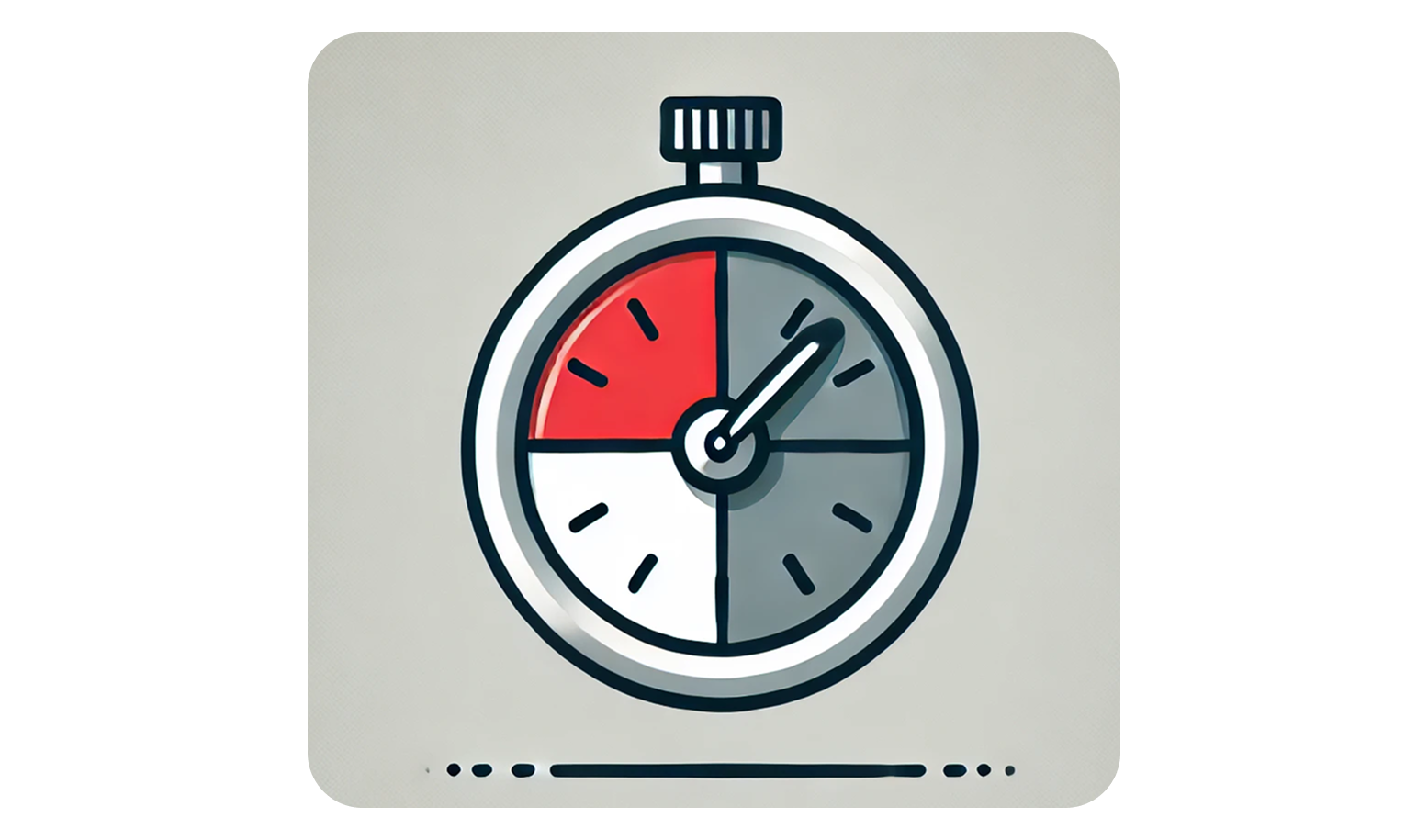
2. Develop skimming and scanning skills.
Practice skimming to grasp main ideas quickly and scanning to find specific information.
Have a notebook nearby to write down information you find in the text.
These skills will help you complete reading tasks more efficiently during the test.
3. Read a variety of texts.
Read diverse materials to understand different writing styles.
IELTS covers both academic and everyday content, while TOEFL focuses on academic texts.
Practicing with newspapers, academic papers, and advertisements helps prepare for both tests.
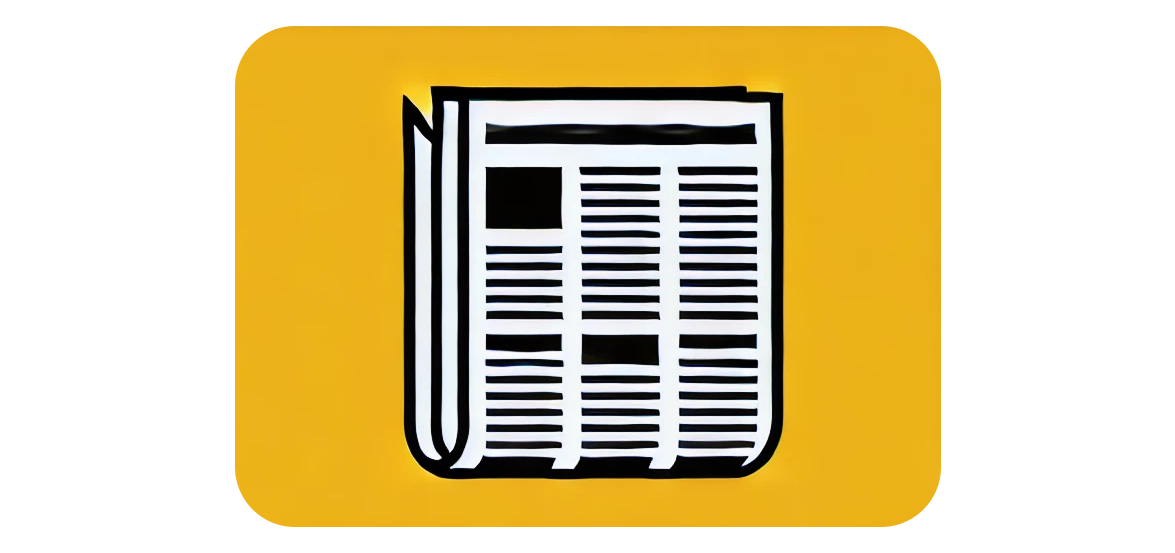
4. Understand common question types.
Familiarize yourself with common question types to gain an advantage.
Practice with sample IELTS and TOEFL questions.
This will help you develop effective strategies for each question type.
5. Use online resources.
Using online resources can provide additional practice.
Websites like BBC Learning English offer valuable reading exercises tailored for ESL learners.
Take advantage of free test prep websites and apps to support your studies.
You can also check out the article on self-study tips to help you reach your reading goals!
Conclusion
No matter which test you choose, the key to success is consistent practice and getting comfortable with the format.
By following these study tips, you can improve your reading comprehension skills and build the confidence needed to perform well on a placement test.
Happy reading!


